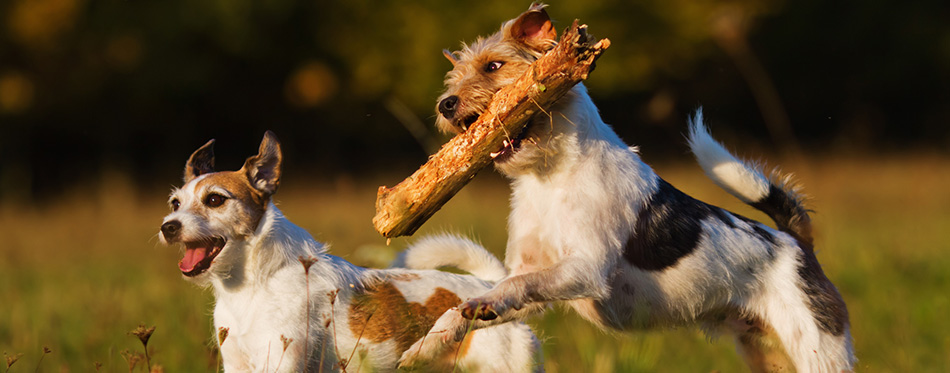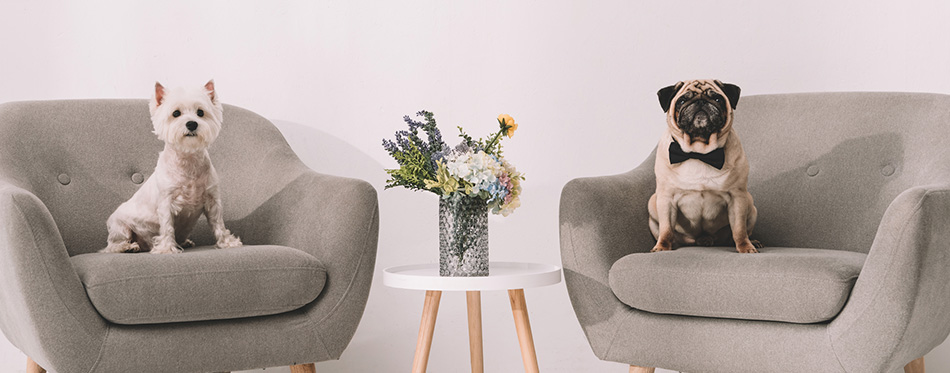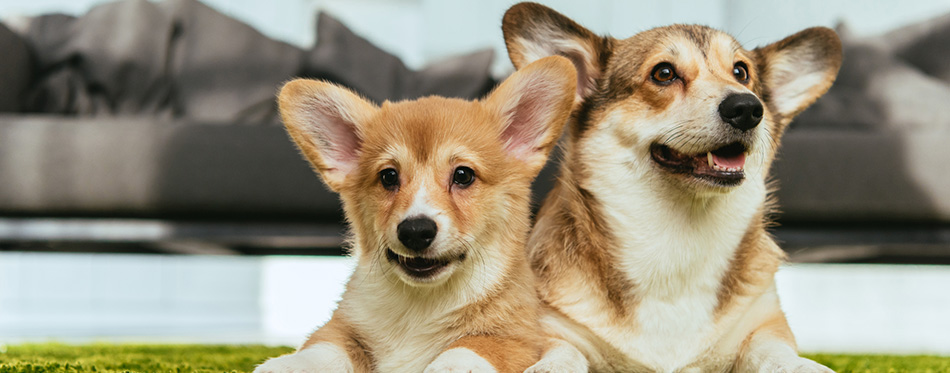Pet dogs are little bundles of joy that can brighten up anyone’s day. They are the perfect companions for people who seek a loyal and affectionate friend. That is why it is not surprising why most dog owners would want to expand their home by bringing in a second dog. Before you start looking for the second canine to bring you additional joy, make sure you understand these major considerations first.

Family Decision or Yours Alone?
If you live alone, then the decision to get another dog rests on your shoulders. But if you have a family, then it is crucial to ask for their opinion as well. Having one dog may seem easy enough. Having two dogs is a different ball game. You will have to make sure that the new dog receives the same kind of treatment that your first pet received from you and the rest of your family. If not, then behavioral problems can arise.
Also, not everyone in the family may agree with the addition of a new hound. This means additional responsibilities for them. Plus, some of the budget earmarked for the family may have to be allotted to the care of the new dog.
As such, make sure that everyone in your family is 100% committed to welcoming a new canine pet. Everyone must also be prepared to share in the responsibility of caring for the new four-legged family member. This is the only way you can ensure that your new family member will feel welcome in your household.
Financial Readiness
Having one dog is expensive enough. There are vaccine shots to think about as well as regular preventatives. You have to think about flea, tick, and heartworm protection, including against intestinal parasites. The cost of veterinary care is also not cheap. Your pet requires routine annual wellness examination. The veterinary visits are more frequent if you bring in a puppy. You can always get pet insurance but this will also cost you.
Check out our reviews of the Best Dog Flea Treatment, Best Flea Spray and Best Heartworm Medicine for Dogs.
There is also the dog food that you have to think about. And if you happen to get a dog with known allergies, then its diet will have to be special. You will also need to purchase dog treats, dog toys, and other accessories. Dog beds, leashes, harnesses, collars, microchipping services, and the like. All of the things that you spent on your first dog, you will also be spending on your new pet.
The bottom line is for you to determine if you have the necessary finances to support an additional canine pet in your house. You can always cut back on some of your personal and family expenses to save. But will your family be amenable to cutting back on some of their activities?
Adequacy of Time for Training, Playtime, and Care
Being the newest member of your family, it is important that you “show” the new guy how things work in your domain. This means you will have to housebreak it. If not you, then someone in your family will have to take on this role. Training your new pet takes time. For instance, teaching the new dog a single basic obedience command can run up to a few weeks for some dogs. The natural question is, can you allocate this much time for the new pet’s training?
The same is true when it comes to its playtime and care needs. If you’re bringing home a puppy, this means more frequent trips to the veterinary clinic. It also means more frequent trips outside your home for its potty training. Of course, being puppies, they need more playtime. Again, you will have to spend more time to have this new puppy adjust well to its new home.
If you are getting an adult dog, then you have to exert more effort in socializing it with your first pet. It may sound easy enough, but there are some canine breeds that do not do well with other dogs.

Characteristics of the First Dog
You should know that there are some canine breeds that are not sociable with other dog breeds. For instance, the Basenji and the Doberman Pinscher are not known for their other-dog friendliness. However, they can learn to adapt and make friends with other breeds for as long as they get the necessary training and socialization from their owners. It is, thus, very important to have a fair understanding of the dog-friendliness of your first pet. You then have to match it with a breed that it can be friends with.
If your first pet is already old, know that they do not do well with rambunctious puppies. They no longer have the stamina nor the patience to keep up with the high energy of puppies. The same is true with dogs that may have a health problem. For example, if the dog has a heart problem or joint disease, it may not be wise to get a puppy.
It is for this reason that you need to talk to your veterinarian if bringing a new dog into your home is a good idea. You can also ask your vet about the type of dog that will be suitable for your existing pet.
Undesirable Behavior of the First Pet
If you trained your first pet well, then this will never be an issue. But if your dog already has a few undesirable habits like digging, incessant barking, and chewing, there is a good chance that the new dog will pick up these unwanted behaviors.
Before you entertain the idea of getting a new canine friend, make sure that your existing pet has all the desirable qualities you look for in a dog. It should be able to respond to your commands in an acceptable manner.
The important thing to remember here is that your old dog should serve as a role model for the new pet. Hence, if the existing pet has bad habits, then you can expect the new one to have them as well.
Young Children in the Family
While it may be true that your first dog did well with your kids when they were young, this is because they grew up together. If you have very young children in your family, getting a new dog may not have the same result. You might get a canine that does not do well with very young children. There are canine breeds that are natural heelers. They nip at the heels of running kids, thinking that they are its flock.
There are also certain canines that do not like getting roughhoused. Young kids may tug on the new dog’s tail or ears and this is enough for the pet to snap. There are, of course, breeds that do not mind rough play by kids.
Your older child may also have different priorities. He or she may not want another dog or your child may not want to share in the responsibility of caring for the new addition.
Adequacy of Space
Space is always an issue when getting a new dog. This means you will have to double up their play area. A puppy will need space to be able to play and explore its new environment. Adult canines will need plenty of space to explore and rest, too.
Speaking of rest, it is important to think about their sleeping area. Having a single dog bed or dog crate can already take up some floor space. Adding another dog to your house means you will need to double up on this space.
It is also important to consider the space in your car. The safest way to travel with pets is to put them in a pet crate. If you have two dogs, this means two pet crates. Is the space in your car big enough to accommodate two full-sized pet crates?

Getting a New Dog is Not a Cure for Separation Anxiety and Other Behavioral Issues in Dogs
One of the most common mistakes of dog owners when getting a new pet is that they think it will address some of the behavioral issues that their present dog has. For instance, many think that having a new dog in the house will help solve separation anxiety. While it may help in some instances, there is no guarantee that it will work every time.
There are many reasons why dogs can develop separation anxiety and other behavioral issues. The only way to address these issues is by working with your veterinarian. He can collaborate with a canine behaviorist to help determine the exact cause of the canine anxiety. You can then determine the best possible therapy to address the problem.
Keep in mind that canine anxiety can be “infectious”. Anxious dogs can rub their anxiety onto other dogs. Instead of the new dog helping the old pet overcome its anxiety, you now have two very anxious pets to think about.
Getting a second canine pet often means double everything. From the responsibility for its training and care to the necessary expenses, it is a decision that the whole family should make.

